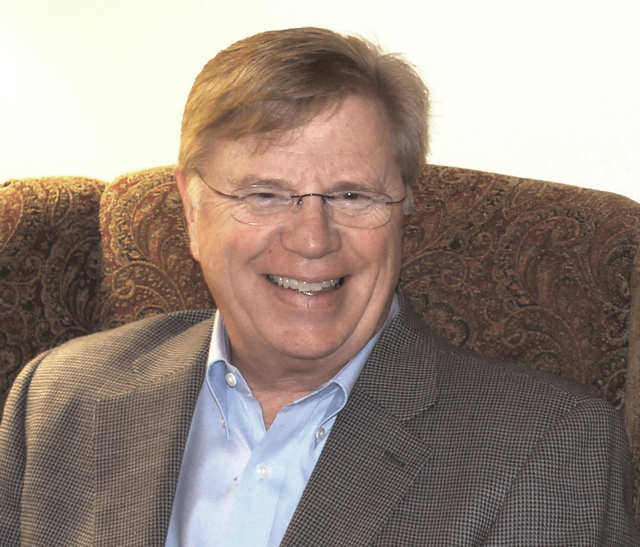September was National Suicide Prevention Month in the United States.
Suicide statistics in the United States are shocking: One suicide occurs every 13 minutes and in 2013, there were 41,149 reported suicides.
By contrast, there were 37,427 transportation-related deaths and 16,121 homicidal deaths. And here is another shocking number: Death by suicide increased by 40 percent from 2000 to 2013 when the U.S. population only increased by 12 percent. Suicide is the 10th leading cause of death in the United States. Suicide is the 3rd leading cause of death for adolescents ages 15-24. Estimates indicate that there are up to 25 suicide attempts for every completed suicide. Clearly, the number of suicides and suicide attempts are likely underreported because of the stigma felt by families.
Suicide is a major problem and it is preventable. The largest part of this national problem is that people who attempt or commit suicide live in their own silent world – keeping their secrets to themselves. Mental health disorders, primarily depression, are linked to suicide. Other factors that can increase an individual’s risk of suicide are substance abuse, access to firearms or other means of self-inflicted injury, a family history of suicide, physical or sexual abuse, and exposure to violence. A family history of suicide, physical or sexual abuse and violence may also be contributors.
The National Institute of Mental Health identifies the following signs you might notice in yourself or a friend that may be reason for concern about suicide: 1. Talking about wanting to die or to kill oneself, 2. Looking for a way to kill oneself, such as searching online or buying a gun, 3. Talking about feeling hopeless or having no reason to live, 4. Talking about feeling trapped or in unbearable pain, 5. Talking about being a burden to others, 6. Increasing the use of alcohol or drugs, 7. Acting anxious or agitated; behaving recklessly, 8. Sleeping too little or too much, 9. Withdrawing or feeling isolated, 10. Showing rage or talking about seeking revenge, 11. Displaying extreme mood swings.
Sometimes family members and friends do not take people seriously when these signs are noticed. Sometimes people say, “Oh, they just want some attention!” This is seldom true. In fact, people who are suicidal often live in their own world detached from sensible living. This detached way of living can result in very poor decisions. And there are times when people will make vague references to ending their life. It is so important to take any such signs or expressions very seriously and let a mental health professional make the determination of the individual’s risk for suicide.
Very often, family members and friends believe they can change the mind of a person that is suicidal. For a person who has repeated suicidal thoughts, intent to harm themselves or a previous suicide attempt, it is vital for family members and friends to make sure that the individual receives professional help. With treatment, there is hope. Most all of the time, a person who is suicidal can be helped to change his/her mind with professional help. Physicians, psychiatrists, psychologists, licensed counselors, licensed social workers, urgent care centers and hospital emergency rooms are all ready and prepared to treat a person that is suicidal.
Take suicide very seriously. Too many people are dying from suicide and it does not have to be that way. If you or someone you know is in crisis, get professional help immediately. And you may also call the National Suicide Prevention Lifeline at 1-800-273-TALK (8255). This service is available 24 hours per day. For more information, visit www.nimh.nih.gov.

